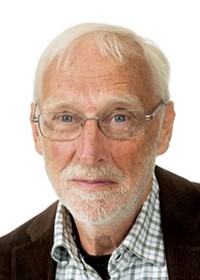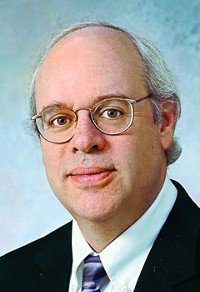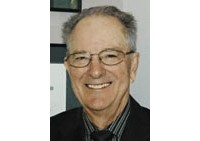Advertisement
Grab your lab coat. Let's get started
Welcome!
Welcome!
Create an account below to get 6 C&EN articles per month, receive newsletters and more - all free.
It seems this is your first time logging in online. Please enter the following information to continue.
As an ACS member you automatically get access to this site. All we need is few more details to create your reading experience.
Not you? Sign in with a different account.
Not you? Sign in with a different account.
ERROR 1
ERROR 1
ERROR 2
ERROR 2
ERROR 2
ERROR 2
ERROR 2
Password and Confirm password must match.
If you have an ACS member number, please enter it here so we can link this account to your membership. (optional)
ERROR 2
ACS values your privacy. By submitting your information, you are gaining access to C&EN and subscribing to our weekly newsletter. We use the information you provide to make your reading experience better, and we will never sell your data to third party members.
Synthesis
ACS Award In Separations Science & Technology
Recipients are honored for contributions of major significance to chemistry
by Robin M. Giroux
February 18, 2008
| A version of this story appeared in
Volume 86, Issue 7
Sponsored by Waters Corp.
Crystallization is a fascinating field from a fundamental science perspective and is also a key step in the chemical process industries. Both researchers and industrial practitioners have benefited from the work of Allan S. Myerson, Phillip Danforth Armour Professor of Engineering, provost, and senior vice president of Illinois Institute of Technology (IIT).
Myerson explains it this way: "Crystallization is used as the final separation and purification step in a wide variety of materials from commodity chemicals to specialty chemicals, pharmaceuticals, and foods. It is the final step in more than 70% of small-molecule pharmaceutical manufacture. Purity, crystal size, crystal form (polymorphism), and crystal shape all influence the properties and use of the final product."
All of these characteristics can be finessed through manipulation of process conditions, but only because the fundamental science behind crystallization has been investigated thoroughly. Myerson's contributions over three decades have been significant, and he is widely acknowledged as a leader in this field.
"One theme of his work," says Darsh T. Wasan, a chemical engineering professor and vice president at IIT, "has been to attempt to understand the first stage of the crystallization process-nucleation, which is the birth of a new phase." Myerson methodically studied the mechanisms by which crystals form from solution. He catalogued factors that influence nucleation and the crystal form obtained, and he developed applications to improve crystallization technology in industrial processes.
Pablo Debenedetti, a professor of engineering and science at Princeton University, adds that Myerson, along with colleague Bruce Garetz, "discovered nonphotochemical laser-induced nucleation, whereby short laser pulses can induce nucleation." Myerson later demonstrated that "by changing the laser's polarization one can reproducibly and reliably switch between different glycine polymorphs," Debenedetti says.
Myerson, 55, was one of the earliest users of molecular modeling to study crystal shape and the role of impurities on crystal shape, Wasan says. "He studied solution-mediated transformations in systems with polymorphs and pseudopolymorphs and demonstrated that the driving force for these transformations is the solubility difference between the stable and metastable phase."
Mauricio Futran, a vice president with Bristol-Myers Squibb, says, "Many of Myerson's papers opened up new ways of studying crystallization and provided new insight and understanding of nucleation phenomena with a link to the fundamentals of solution thermodynamics. His work on polymorphism, crystal aging, and metastable solution properties has had great impact on industrial practice."
Myerson tracks his interest in chemistry to high school; he attended Stuyvesant High School in New York City, where he says he had the "good fortune of being able to take multiple chemistry courses." Physical chemistry struck a chord and led him to study chemical engineering in college, earning a B.S. from Columbia University and then an M.S. degree and a Ph.D. from the University of Virginia.
"Serendipity plays a significant role in research," Myerson tells C&EN. "Many of the most interesting results we found in the lab came when we were doing an experiment for another purpose. I would also say that the study of applied problems in industry often leads to fundamental insights based on developing a mechanistic understanding of the underlying phenomena and thus is often very valuable and interesting."
Myerson's contributions to the field go beyond the research described in nearly 150 publications and 29 patents. He has edited several books, including two editions of "Handbook of Industrial Crystallization," and he worked with ACS on developing the journal Crystal Growth & Design, of which he's associate editor. He has also consulted with nearly 100 companies globally. Myerson has expanded his area of expertise to include administration; he's the provost of IIT. In his free time, he and his wife enjoy traveling, he says, especially their annual vacation in Europe.
He will present the award address before the Division of Industrial & Engineering Chemistry.






Join the conversation
Contact the reporter
Submit a Letter to the Editor for publication
Engage with us on Twitter